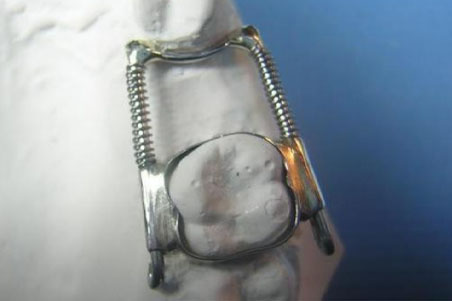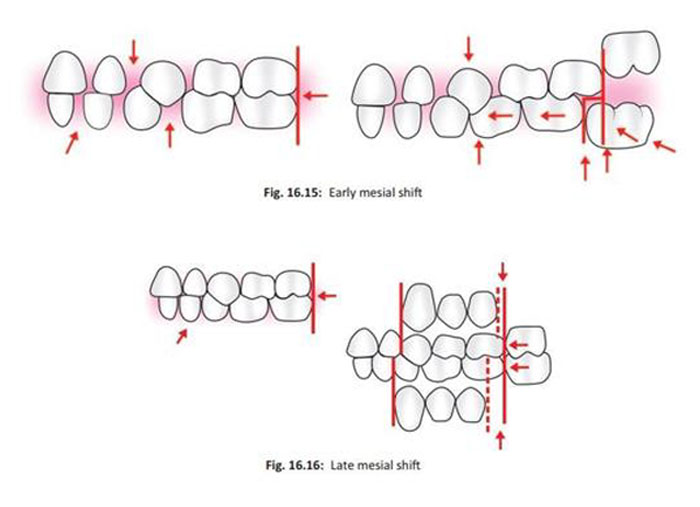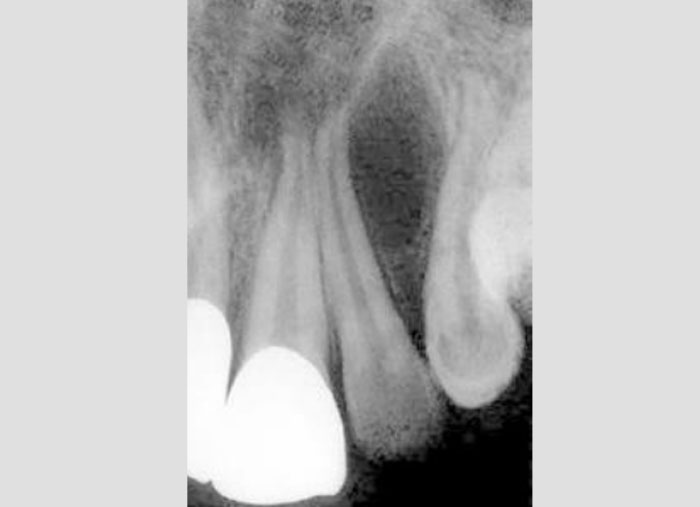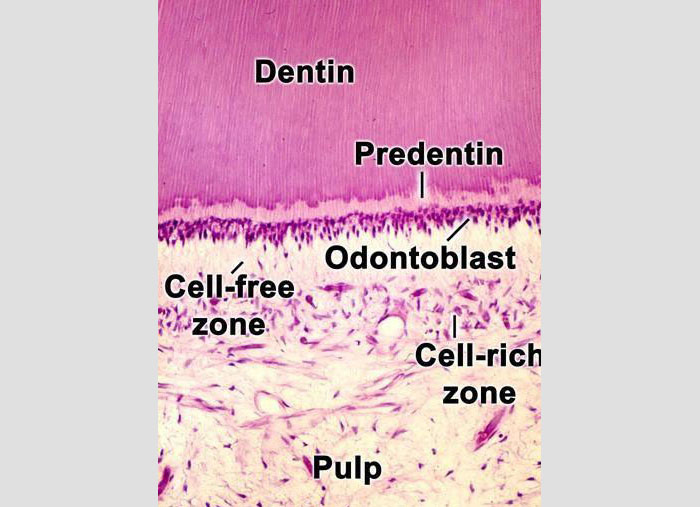- NEED HELP? CALL US NOW
- +919995411505
- [email protected]
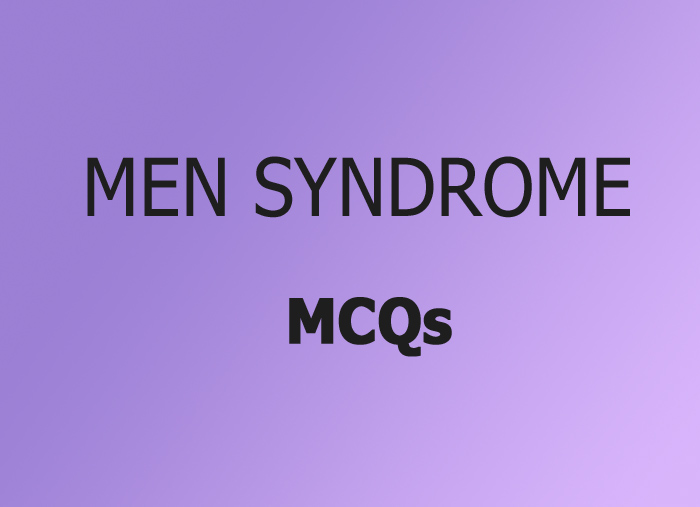
a) Multiple endocrine neoplasia [MEN] type I
b) Multiple endocrine neoplasia [MEN] type II
c) Hurler’s syndrome
d) None of the above
2. Multiple endocrine neoplasia [MEN] type I is otherwise known as
a) Wermer’s syndrome
b) Hurler’s syndrome
c) Sipple syndrome
d) None of the above
3. Gene mutation in MEN 4 syndrome
a) MEN I gene.
b) MEN II gene.
c) RET gene.
d) CDK1B
4. Pheochromocytomas is present in
a) Multiple endocrine neoplasia [MEN] type I
b) Multiple endocrine neoplasia [MEN] type II
c) Hurler’s syndrome
d) None of the above
5. Parathyroid tumors, medullary thyroid carcinoma, pheochromocytomas are features of
a) Wermer’s syndrome
b) Hurler’s syndrome
c) Sipple syndrome
d) None of the above
6. Neoplasm arising from chromaffin cells in the adrenal medulla that makes excess hormones called catecholamines (such as adrenaline).
a) Pheochromocytomas
b) Medullary carcinoma
c) Hashimotos
d) Pituitary tumors
7. Common drug used to treat MEN I syndrome are
a) Somatostatin analogues.
b) Proton pump inhibitors.
c) Dopamine agonists.
d) All of the above
8. Gene mutation in MEN 2 syndrome
a) MEN I gene.
b) MEN II gene.
c) RET gene.
d) CDK1B
9. Diagnosis of men syndrome is by
a) Blood tests.
b) Urine tests.
c) Imaging tests
d) All of the above
10. Differential diagnosis of dermatologic manifestations of MEN I syndrome
a) Cowden syndrome
b) Melanocytic nevi
c) Dermatologic Manifestations of Tuberous Sclerosis
d) All of the above
Answers
1. A
Multiple endocrine neoplasia type 1 (MEN1) is a hereditary condition associated with tumors of the endocrine (hormone producing) glands. MEN1 was originally known as Wermer syndrome. The most common tumors seen in MEN1 involve the parathyroid gland, islet cells of the pancreas, and pituitary gland. Other endocrine tumors seen in MEN1 include adrenal cortical tumors, neuroendocrine tumors (previously called carcinoid tumors), and rare pheochromocytomas, as well as tumors in other parts of the digestive tract.
Non-endocrine tumors are also seen in MEN1. These tumors can include:
- facial angiofibroma, which is a tumor of blood vessels and fibrous tissue
- collagenoma, which is a flesh-colored tumor on the skin
- lipoma, which is a fatty tumor
- leiomyoma, which is a smooth muscle tumor
- meningioma, which is a tumor from nervous system tissue; uncommon
- ependymoma, which is a tumor from nervous system tissue; uncommon
The majority of tumors in people with MEN1 are benign (noncancerous). However, approximately 1 out of 3 pancreatic neuroendocrine tumors and mediastinal neuroendocrine tumors are cancerous, meaning the tumor can spread to other parts of the body. These tumors can also cause problems by producing high amounts of hormones. There is a wide variety of symptoms that can occur due to this increased hormone production by this type of tumor. These include increased production of:
- Prolactin, which causes abnormal milk production by the breast, lack of menstruation in women, and lowered testosterone production in men
- growth hormone, which causes excessive growth of the jaw and other soft tissues
- adrenocorticotropic hormone, which causes excessive cortisol production by the adrenal glands
- gastrin, which causes stomach ulcers
- glucagon, which causes diabetes mellitus and skin rash
- vasoactive intestinal peptide, produced by a pancreatic neuroendocrine tumor, causing intense watery diarrhea
- parathyroid hormone, produced by parathyroid tumors, causing high blood calcium (hypercalcemia) and kidney stones
2. A
Multiple endocrine neoplasia type 1 (MEN1) is a hereditary condition associated with tumors of the endocrine (hormone producing) glands. MEN1 was originally known as Wermer syndrome.
3. D
Mutation in cyclin dependent kinase 1 B (CDK1B)-Chromosome 12
4. B
5. C
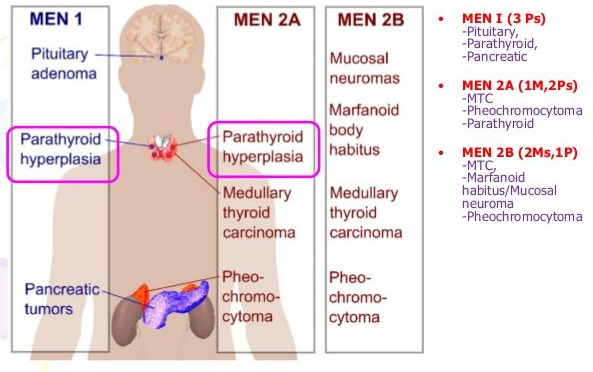
6. A
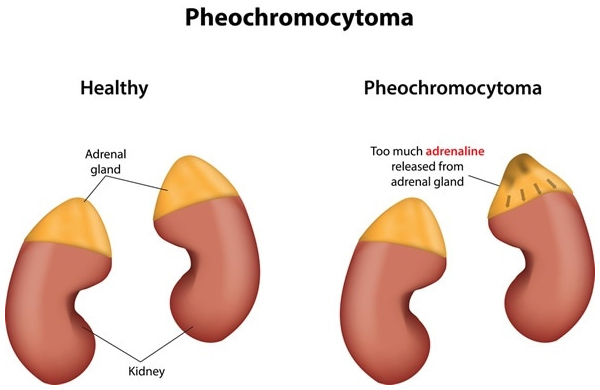
7. D
8. C
MEN2A and MEN2B are caused by mutations in the RET gene.
9. D
10. D
Differential diagnosis of dermatologic manifestations of MEN I syndrome are
• Birt-Hogg-Dube Syndrome
• Connective Tissue Nevus
• Cowden Disease (Multiple Hamartoma Syndrome)
• Dermatologic Manifestations of Tuberous Sclerosis
• Fibrous Papule of the Face
• Melanocytic Nevi
• Syringoma
• Trichilemmoma
• Trichoepithelioma
• Trichofolliculoma

